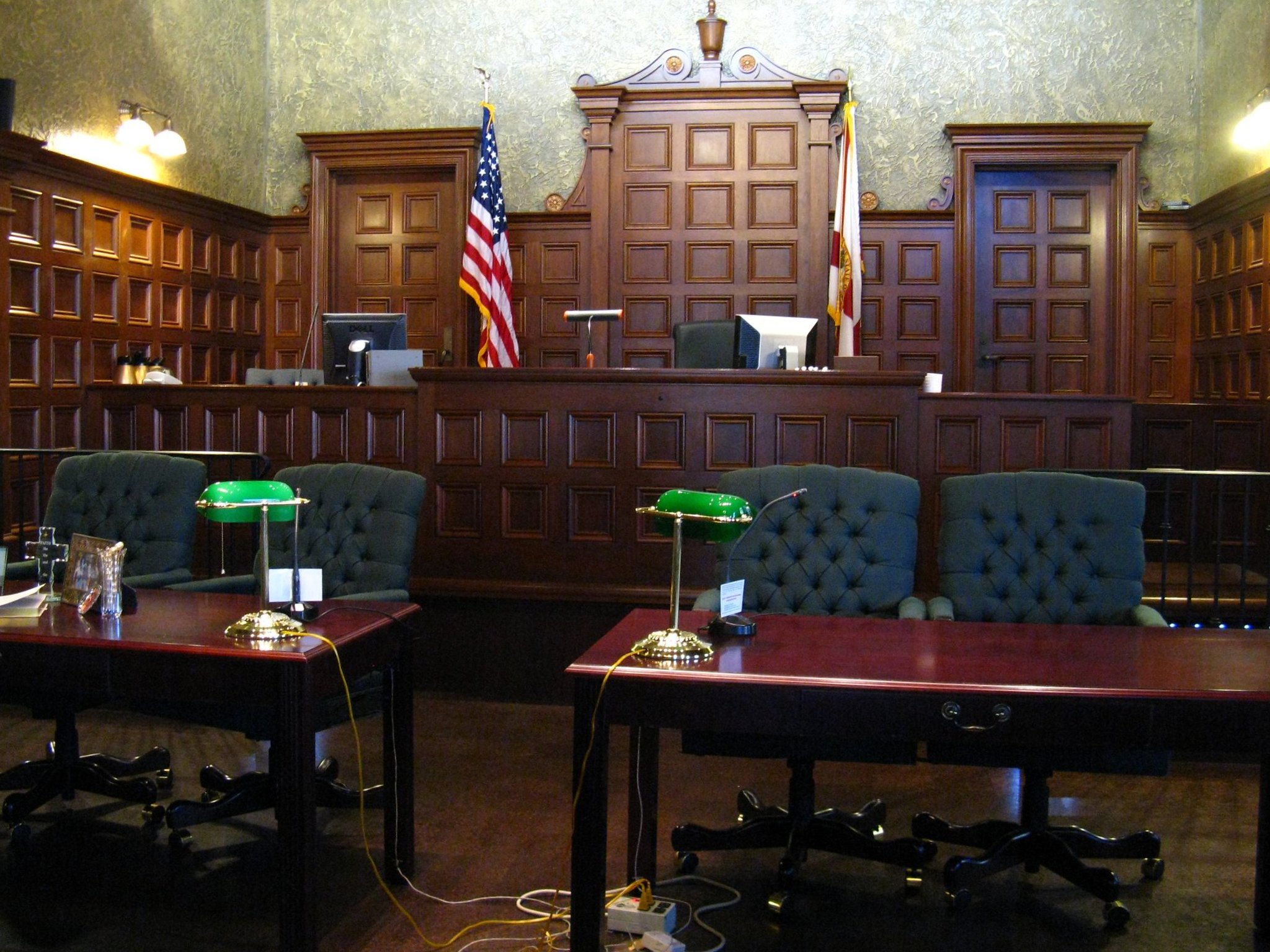Virtual Court Appearances & the Right to Confrontation
The Sixth Amendment of the U.S. Constitutions states that “in all criminal prosecutions, the accused shall enjoy the right… to be confronted with the witnesses against him.” This is called the Confrontation Clause. With virtual appearances now common, how is a criminal defendant’s right to confrontation impacted?
What is Confrontation?
As we discussed in a recent blog, the Constitution guarantees a criminal defendant the right to confront a witness against him/her as well as the right to be present at trial. Specifically, this means that an individual has the right to challenge every element of the case against them. Whether it be by cross-examination or some other means, a defendant can dispute any fact or argument advanced by the prosecution.
In order to safeguard this right, a defendant is required to be present in court at all appearances. Whether its at arraignment, at plea, at trial, or at sentence, a defendant must be physically present. When a defendant was deprived of the opportunity to be present, this can result in the entire criminal case being thrown out. For example, there are many appeals taken about the use of closed circuit video and prior witness statements, as a defendant may be deprived of his/her confrontation rights as to that witness.
How Virtual Appearances Impact the Right to Confrontation
Criminal cases are not just about what is on paper. For example, the moment a key witness delivers his testimony in a courtroom can be a pulse-pounding moment. As the American Bar Association recently wrote, “By physically removing the jury and/or the trial from the courtroom, virtual jury trials will inevitably take away the intangible constitutional protections and accountability measures that are built into in-person jury trials.” Specifically, the right to confrontation is affected when the defendant is not physically in the courtroom.
New York’s Law on Virtual Appearances
In New York, a law has existed for years permitting the appearance of criminal defendants by virtual means. There are, however, conditions which must be met to allow for such an appearance. Specifically, the defendant must consent to the virtual appearance, and the chief administrator of the courts must authorize it. Additionally, hearings and trials cannot be conducted virtually. Above all, the rights of the defendant – including the right to confrontation – must not be impacted by the virtual appearance.
Moreover, if the appearance is for a plea, the defendant cannot plead to a felony or enter a “not responsible” plea. Furthermore, a person cannot be sentenced virtually on a felony. If the defendant is scheduled for plea or sentence for a misdemeanor, the sentence cannot be to incarceration (unless for a violation of a term of the sentence, or for time already served).
However, it’s important to note that Article 182 of the Criminal Procedure Law will be repealed as of September 1, 2023. As of February 2022, various town and village courts in New York are conducting some proceedings virtually. City, county, and supreme courts are handling most proceedings in person, with some exceptions.
References:
- Taylor Maurer, “Videoconferencing, Covid-19, and the Constitution: Will Virtual Trials “Minimize” the Right to Confrontation?,” Temple University School of Law, Law & Public Policy Blog (Jan. 15, 2021). Available at: https://www2.law.temple.edu/lppp/videoconferencing-covid-19-and-the-constitution-will-virtual-trials-minimize-the-right-to-confrontation/ (last accessed Feb. 15, 2022).
- Phillip C. Hamilton, “The Practical and Constitutional Issues with Virtual Jury Trials in Criminal Cases,” org (Feb. 26, 2021). Available at: https://www.americanbar.org/groups/litigation/committees/criminal/articles/2021/spring2021-practical-and-constitutional-issues-with-virtual-jury-trials-in-criminal-cases/ (last accessed Feb. 15, 2022).
- Criminal Procedure Law Article 182, “Alternate Method of Court Appearance.” Available at: https://www.nysenate.gov/legislation/laws/CPL/A182 (last accessed Feb. 15, 2022).
Image: copyright 2010 Clyde Robinson – https://www.flickr.com/photos/crobj/

